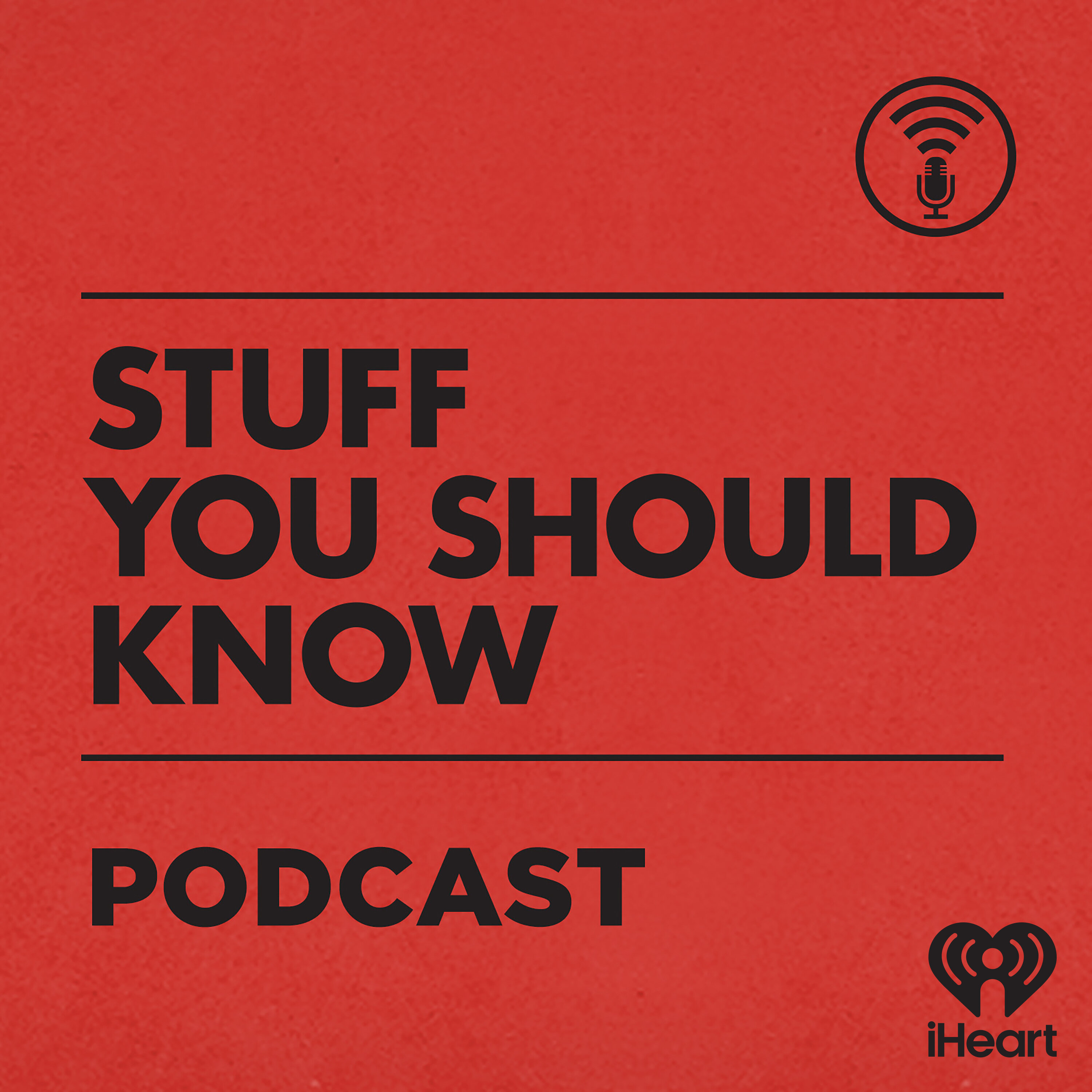
Short Stuff: Captain Santa

Stuff You Should Know
Deep Dive
Why was Captain Santa so beloved in Chicago?
Captain Santa, born Herman Scheunemann, was beloved for his generosity and jolliness. He would give Christmas trees to those down on their luck for free, earning him the nickname 'Captain Santa' from the Chicago papers. His kindness and the tradition of selling trees from his schooner, the Rouse Simmons, made him a cherished figure in the community.
What led to the tragic end of Captain Santa and the Rouse Simmons?
On November 22, 1912, the Rouse Simmons, heavily loaded with 3,000 to 5,000 Christmas trees, set sail across Lake Michigan. A severe storm struck, and the schooner was spotted with its flag at half-mast, signaling distress. Despite rescue efforts, the ship vanished in the storm, and all 23 people aboard, including Captain Santa, perished. The wreck was discovered decades later in 1971.
How did the tradition of selling Christmas trees from schooners begin in Chicago?
The tradition began in the late 19th century when German immigrants introduced the custom of decorating Christmas trees to America. Sailors and captains, including Captain Santa, would transport trees from northern Michigan and Wisconsin to Chicago. They would dock at the Clark Street docks, string up lights, and sell trees directly from their schooners, creating a festive and unique experience for Chicagoans.
What evidence confirmed the loss of the Rouse Simmons?
The loss of the Rouse Simmons was confirmed when Christmas trees began washing up on the Wisconsin shoreline. In 1924, Captain Santa's wallet, wrapped in waterproof oilskin, was found in a fishing net. It contained his business card and newspaper clippings about him, definitively linking it to the shipwreck.
How is Captain Santa's legacy commemorated today?
Captain Santa's legacy is honored annually by the U.S. Coast Guard Cutter Mackinac, which commemorates the Rouse Simmons' journey by transporting Christmas trees across Lake Michigan to Chicago's disadvantaged children. This tradition keeps his spirit of generosity alive and celebrates his impact on the community.
What role did Captain Santa's family play in continuing the Christmas tree tradition?
After the loss of the Rouse Simmons, Captain Santa's wife, Barbara, continued the family tradition of delivering Christmas trees to Chicago for several years, initially using schooners and later transitioning to trains. The family eventually became a legitimate Christmas tree business, ensuring the tradition endured despite the tragedy.
- Captain Santa's real name was Hermann Schoenemann.
- He gave away Christmas trees to those in need.
- The tradition of selling Christmas trees from ships on the Chicago River was popular at the turn of the 20th century.
Shownotes Transcript
Herman Scheunemann wasn’t the only captain carrying Christmas trees across Lake Michigan to Chicago at the turn of the last century, but he was the most beloved. Which makes this episode even sadder.
See omnystudio.com/listener) for privacy information.